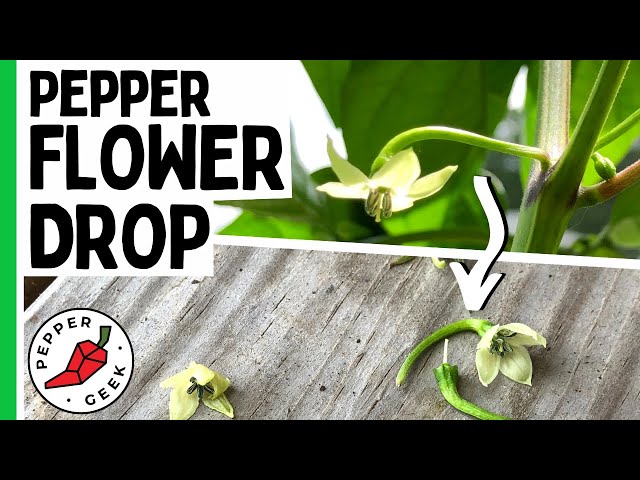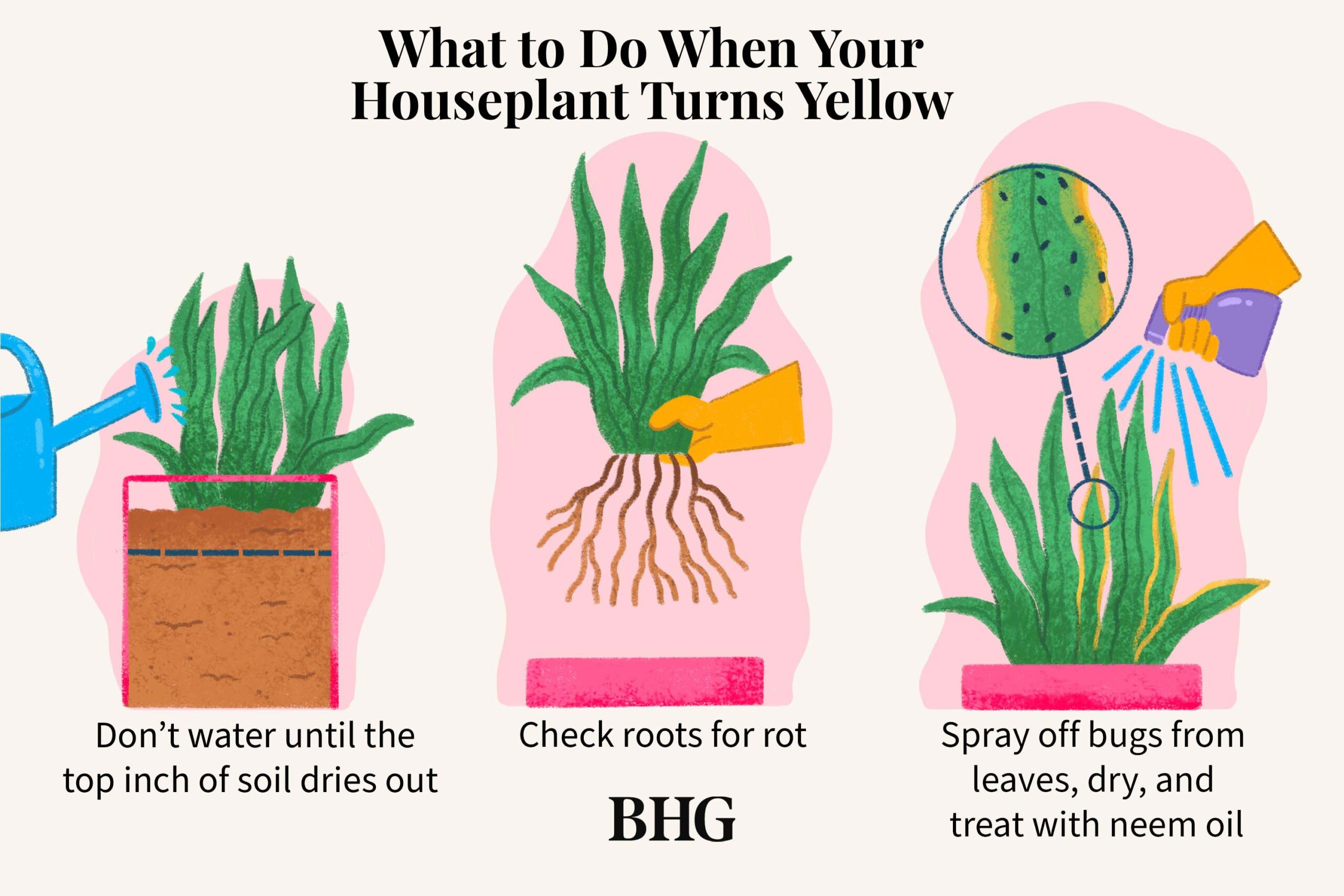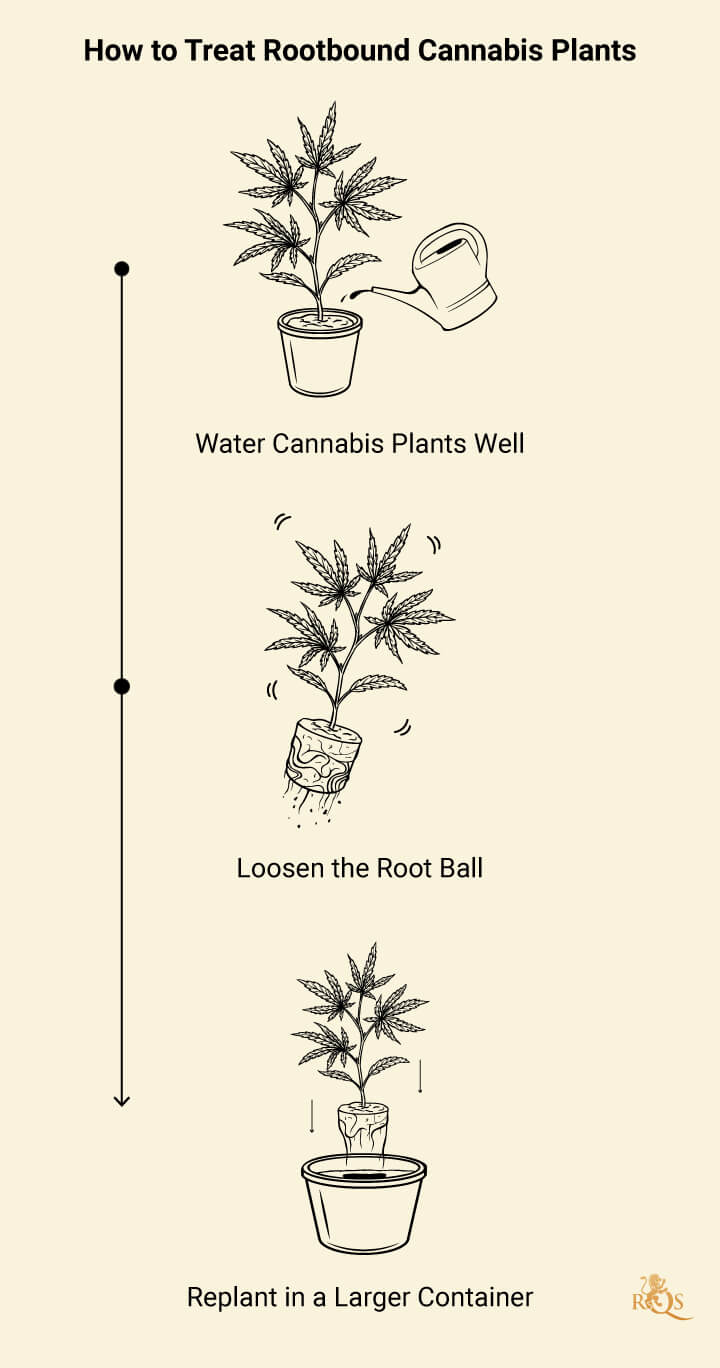Why is my plant dropping flowers?
It can be disheartening to see your beloved plant dropping flowers, especially after you’ve put in so much effort to care for it. But fear not, as there are several reasons why this may be happening, and most of them are easily fixable. Let’s delve into the possible causes and solutions for your plant’s unexpected behavior.
1. Overwatering
One common reason for flowers dropping is overwatering. Plants need water to survive, but too much of it can lead to root rot and other issues that result in flower drop. Make sure you’re following the proper watering schedule for your plant and consider adjusting it if necessary.
2. Underwatering
On the flip side, underwatering can also cause flowers to drop. When a plant doesn’t receive enough water, it may prioritize its survival over producing flowers. Check the soil moisture regularly and water your plant as needed to prevent this from happening.
3. Insufficient sunlight
Plants require sunlight to photosynthesize and produce energy for growth. If your plant is not receiving enough sunlight, it may drop its flowers as a result. Make sure to place your plant in a location where it can receive adequate sunlight for its specific needs.
4. Temperature stress
Extreme temperatures, whether too hot or too cold, can stress plants out and cause them to drop flowers. Keep an eye on the temperature conditions around your plant and try to maintain a consistent and appropriate environment to prevent temperature-related stress.
5. Nutritional deficiencies
Plants require a balanced diet of nutrients to thrive and produce flowers. If your plant is lacking essential nutrients such as nitrogen, phosphorus, or potassium, it may drop flowers as a response. Consider fertilizing your plant with a suitable fertilizer to address any nutritional deficiencies.
6. Pest infestation
Pests such as aphids, mites, and mealybugs can wreak havoc on your plant and cause it to drop flowers. Inspect your plant regularly for signs of pest infestation and take appropriate measures to eliminate the pests, such as using insecticidal soap or neem oil.
7. Disease
Diseases such as powdery mildew, botrytis, or root rot can also lead to flower drop in plants. Keep an eye out for any unusual symptoms on your plant, such as discolored or spotted leaves, and take prompt action to address the underlying disease before it affects your plant’s flowers.
8. Transplant shock
If you recently repotted or transplanted your plant, it may go through a period of transplant shock, during which it may drop flowers and appear stressed. Give your plant time to acclimate to its new environment and provide it with the necessary care and attention to help it recover from the shock.
Conclusion
There are several reasons why your plant may be dropping flowers, ranging from improper watering and sunlight conditions to nutrient deficiencies and pest infestations. By identifying the root cause of the issue and taking appropriate actions to address it, you can help your plant recover and thrive once again. Remember to observe your plant closely, provide it with the care it needs, and be patient as it goes through its growth cycle.



